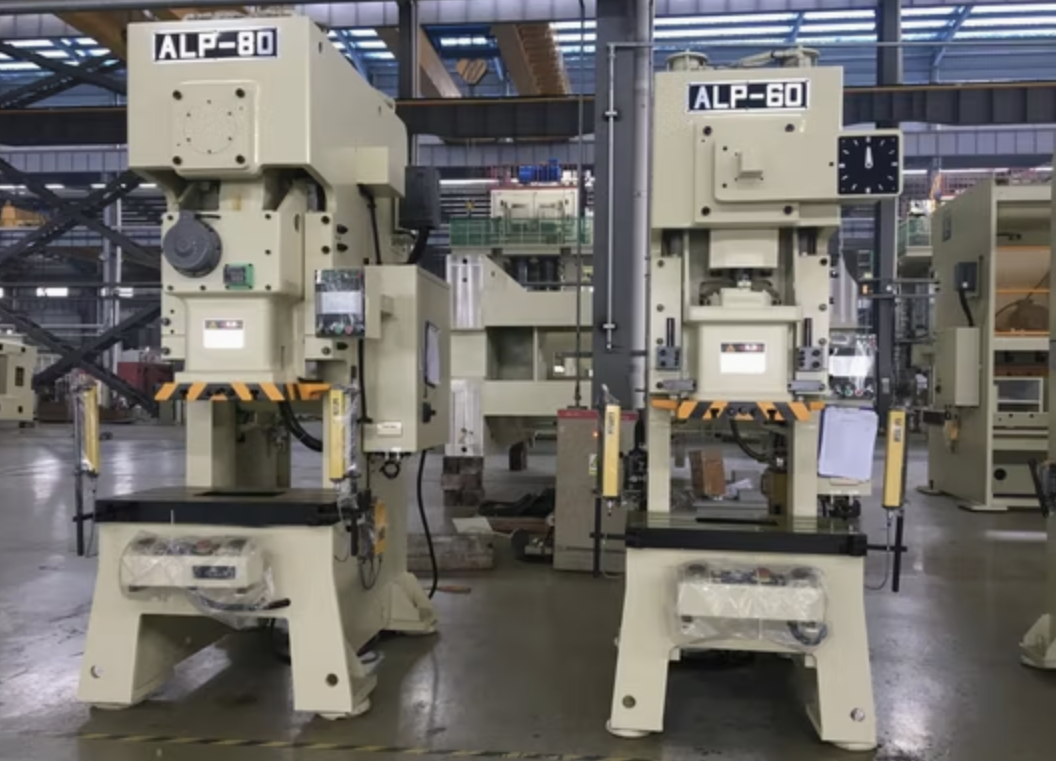
Posted on Wednesday, December 13, 2023
Metal fabrication plays a crucial role in modern military projects, enabling the production of durable, precise, and innovative components critical to national defense. This blog explores how metal fabrication is revolutionizing the military industry, focusing on three notable examples: stealth armor for advanced tanks, modular components for rapid ship assembly, and lightweight yet durable aircraft components.
Metal fabrication in military applications involves transforming raw metal materials into finished products or components used in defense projects. This includes cutting, bending, welding, and assembling metals to meet rigorous performance and durability standards. Military-grade metal fabrication often requires advanced technologies like laser cutting, CNC machining, and robotic welding to achieve unparalleled precision.
Stealth technology in tanks has evolved significantly, with metal fabrication at the heart of these advancements. Modern tanks require armor that is both resilient against attacks and capable of evading enemy detection systems.
Naval forces rely on quick, efficient assembly of ships to maintain operational readiness. Modular components fabricated with metal are a game-changer in this domain.
Military aircraft demand components that are lightweight for enhanced speed and maneuverability yet durable enough to withstand extreme conditions.
Q: Why is metal fabrication important for military projects?
A: Metal fabrication ensures that military equipment and infrastructure meet strict standards for durability, performance, and innovation. It allows for the creation of custom components tailored to specific defense needs.
Q: What materials are commonly used in military-grade fabrication?
A: Titanium, steel alloys, aluminum, and composite materials are commonly used for their strength, durability, and lightweight properties.
Q: How does modular fabrication improve military shipbuilding?
A: Modular fabrication streamlines the assembly process by producing ship sections off-site. This method reduces construction time, improves quality control, and enhances scalability.
Q: What is stealth armor, and how is it fabricated?
A: Stealth armor is designed to evade radar detection and provide superior protection. It is fabricated using composite metal alloys and specialized coatings applied with high-precision techniques.
The integration of advanced metal fabrication techniques in military projects not only enhances performance but also accelerates production timelines and reduces costs. These innovations are pivotal for maintaining a strategic advantage in defense operations.
If you are involved in military projects or defense manufacturing, consider exploring the latest advancements in metal fabrication to drive innovation and efficiency in your operations.

Understanding Coil IDs, Mandrel Sizing, and Shear Pin Safety in Uncoilers
Posted on Wednesday, October 1, 2025
Mismatched sizes can lead to machine damage, downtime, and safety hazards — often evidenced by a shear pin failure.

How Coil Tensile Strength Affects Roll Forming and How to Adjust Your Machine
Posted on Wednesday, October 1, 2025
Changes in tensile strength can significantly affect the finished profile, causing misaligned bends, uneven edges, and out-of-spec parts.

Why Paint Cracks on an Embossing Line Running Pre-Painted Coil and How to Prevent It
Posted on Wednesday, October 1, 2025
This issue not only affects the visual quality of the product but can also lead to increased scrap rates and customer complaints.

The Most Popular Standing Seam Metal Roof Panels in the U.S. — A Comprehensive Guide
Posted on Monday, September 29, 2025
In this post, we’ll explore what panel styles and sizes are most popular in the U.S